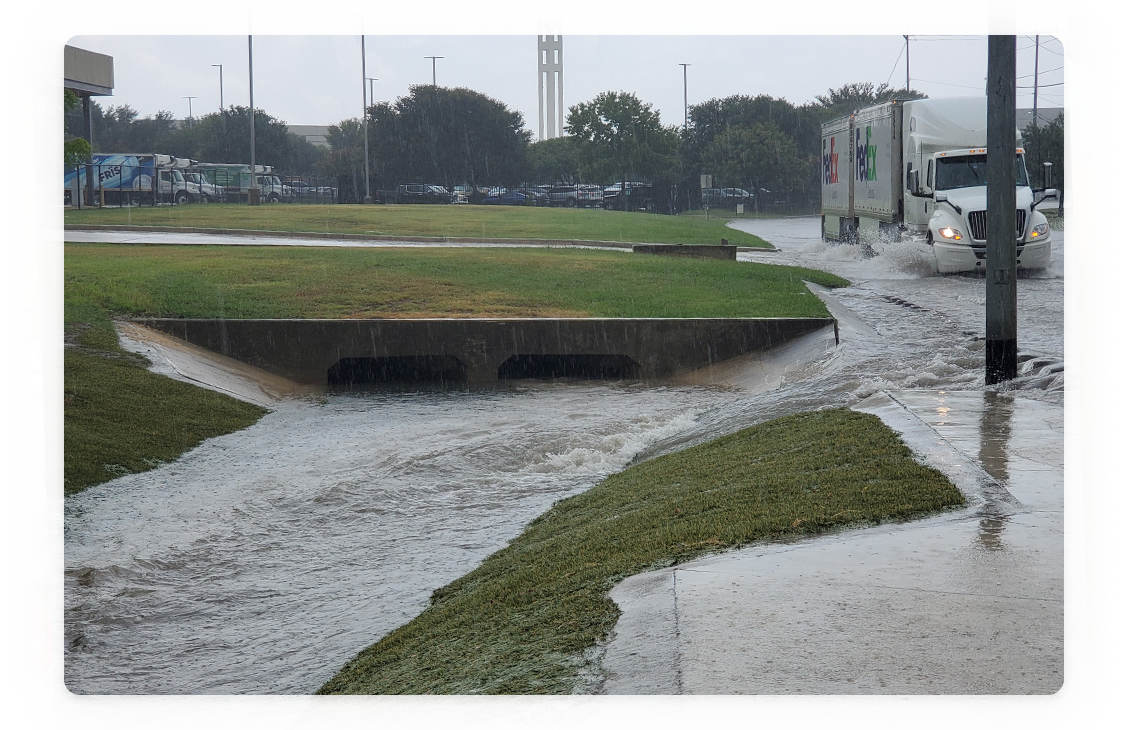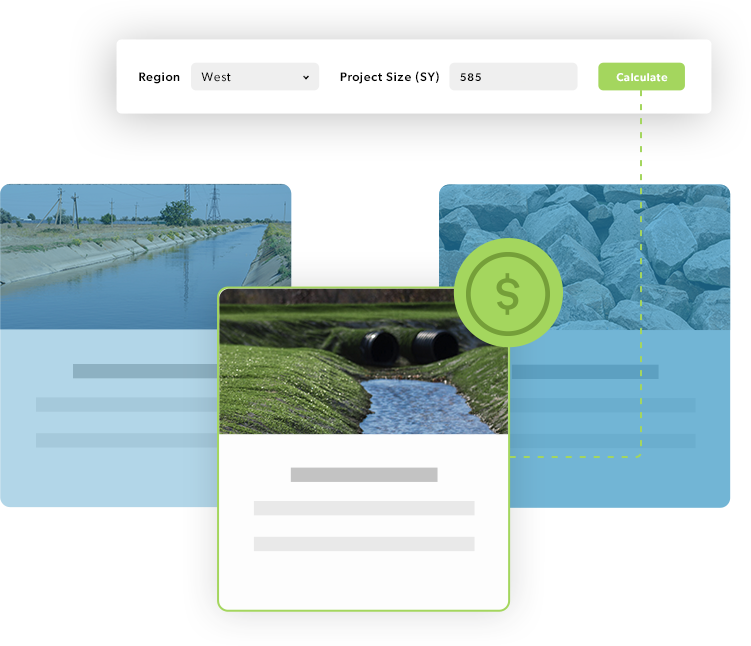
Gabions, Your Ultimate Guide
Whether used for reinforcing slopes, stabilizing channels, or enhancing landscapes, gabions provide a reliable, adaptable, and cost-effective solution, delivering significant value over time and ensuring effective management of environmental challenges.
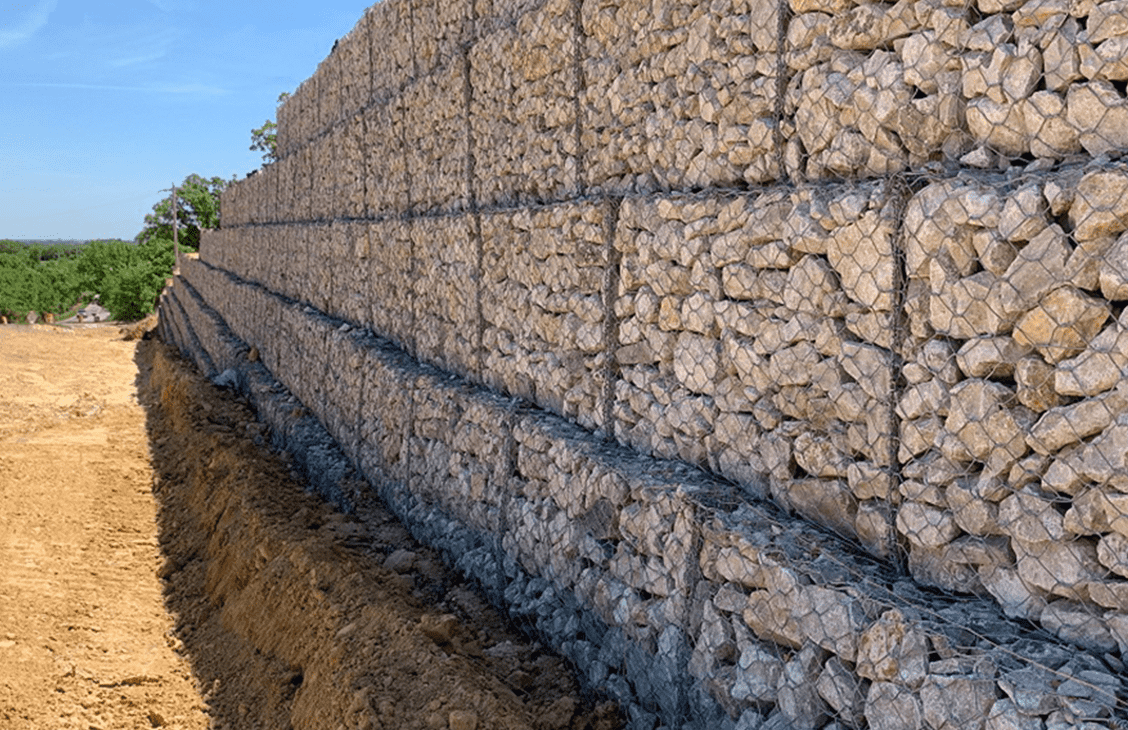
Applied in various engineering and landscaping applications, Gabions typically assume the form of a basket or mattress filled with rocks, bound by a sturdy wire mesh to provide support and stabilization.
Due to their strength, durability, and ability to confine aggregate to a fixed geometry, Gabions are used for erosion, retaining walls, and landscaping applications. Their weight and stability make them great for waterway management and infrastructure protection.
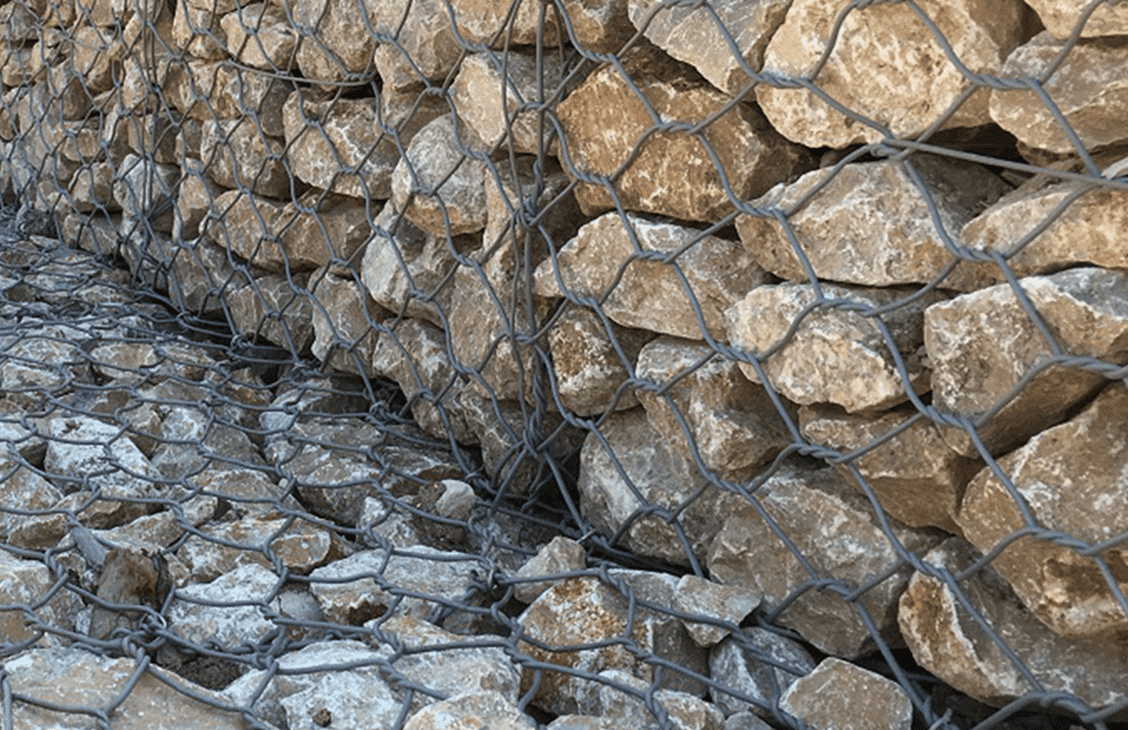
Permeable and resilient, Gabions provide a technology that can withstand high-velocity water flow, soil movement, and erosion, making them ideal for stabilizing slopes and channels. The wire mesh prevents washout, or any threat of aggregate migrating outside the gabion, and the baskets can be connected to heighten the overall system's performance further.
Made from corrosion-resistant wire and filled with rocks, Gabions can withstand harsh environmental conditions for years, making them a cost-effective solution in the long run. Their ability to conform to ground movement without losing their structural integrity and permeability helps reduce pressure on the structure, preventing waterlogging and erosion.
Ideal for applications that require erosion control, slope stabilization, and waterway management, Gabion's ability to absorb and dissipate the energy of flowing water makes it highly effective in preventing the erosion of soil and riverbanks. For slope stabilization, gabions act as retaining walls that support and stabilize loose soil or rock, preventing landslides and soil erosion, especially in areas prone to heavy rain or seismic activity.
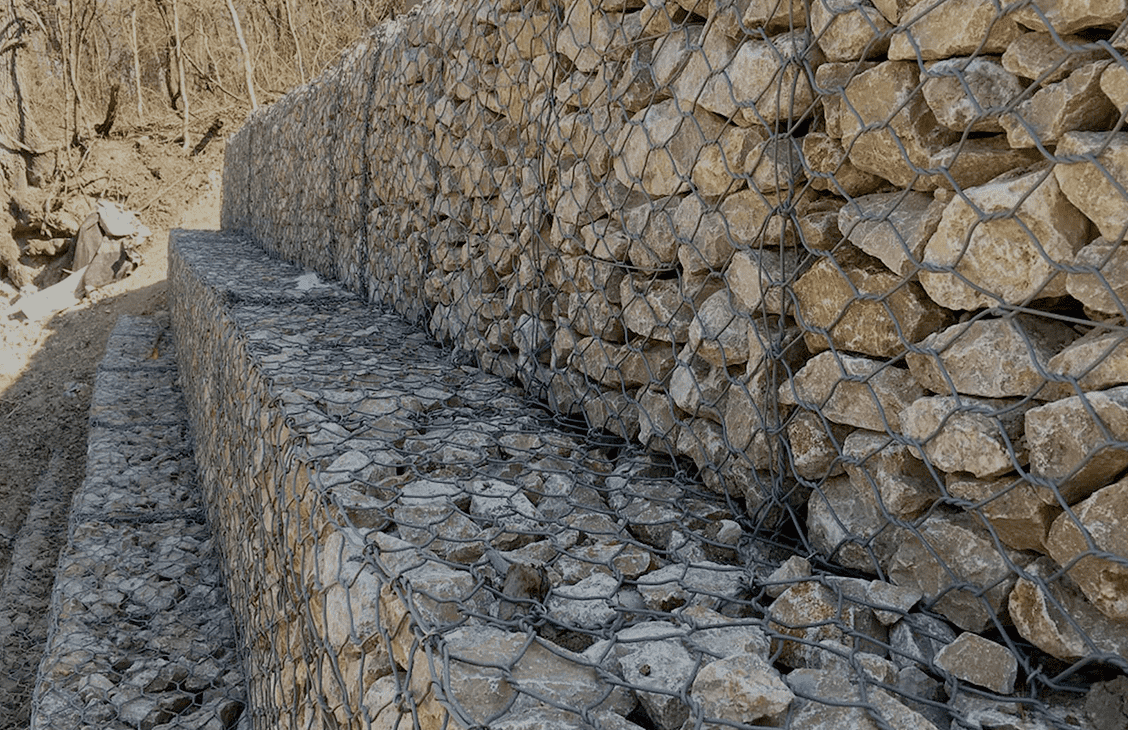
One of the key advantages of gabions is that they do not require any specialized equipment or skills for installation. This ease of assembly and flexibility in material sourcing make gabions a practical option for remote or difficult-to-access locations, making Gabions relatively easy to install. Reference one of our manufacturer partner's installation guides (hyperlink) and contact a GEO Pro for further installation support.
Once installed, gabions do not require regular upkeep and are generally low-maintenance, but periodic inspections and minor repairs can be necessary to ensure their continued effectiveness and longevity.
The lifetime value of gabions is generally quite high, making them a cost-effective solution for many long-term applications. Typically, gabions can last between 10 to 25 years, and sometimes even longer, depending on the environmental conditions and the materials' quality. Regular maintenance and inspections can help identify and address any issues, such as corrosion or structural weakness, thereby extending their service life.
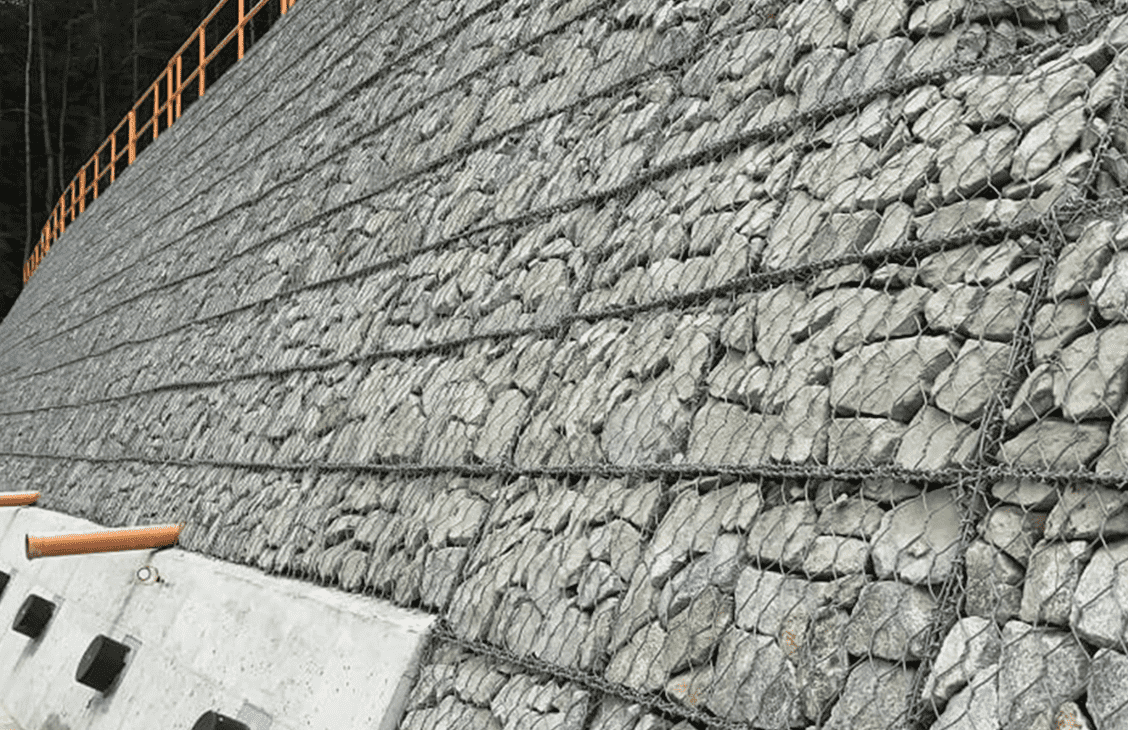
Using gabions for slope stabilization is a practical and effective method for controlling erosion and reinforcing slopes. Gabions are wire mesh containers filled with rock, concrete, or sometimes sand and soil. Here's a step-by-step guide to using gabions for slopes:
1. Site Assessment and Preparation:
A. Assess the Slope and evaluate for stability, soil type, and drainage patterns.
B. Clear the Area: Remove any debris, vegetation, or obstacles from the slope.
2. Design Layout:
A. Plan the layout of the gabions, considering the slope's contour and the necessary height and depth of the gabions.
3. Foundation Preparation:
A. Prepare a foundation at the base of the slope. This may involve excavation or filling to ensure a stable and level surface.
B. In some cases, laying a geotextile fabric on the foundation can help drainage and prevent soil from moving into the gabions. Depending on the criticality of the application, baskets may need to be buried to ensure an adequate base and mitigate the threat of erosion at the toe of the system.
4. Assembly of Gabions:
A. Assemble the wire mesh gabion baskets on the prepared foundation. Ensure they are properly secured and tied together.
B. Fill the gabion baskets with rock, ensuring the rocks are tightly packed. The rock size should be significant enough not to pass through the mesh.
5. Placement and Stacking:
A. Place the filled gabions carefully onto the slope. Stack them in an offset pattern for added stability.
6. Secure Stacking:
A. Tie adjacent gabions together using heavy-duty wire or steel rings to keep them in place and act as a stable unit.
7. Backfilling and Drainage:
A. In some cases, backfilling behind the gabions with soil or gravel can provide additional stability.
B. Establish adequate drainage behind the gabion wall to prevent water pressure build-up.
8. Vegetation and Aesthetics (Optional):
A. Plant vegetation on or around the gabions for aesthetic purposes and additional slope stability.
9. Inspection and Maintenance:
A. Periodically inspect the gabion structures for any signs of displacement, bulging, or wire damage.
B. Perform any necessary repairs promptly to maintain the integrity of the gabion structure.
Offering a cost-effective solution for erosion control and stabilization, Gabions offers a low initial cost, minimal maintenance requirements, and long-term durability, delivering significant savings.
Gabions are an efficient, economical, and environmentally friendly solution for various erosion control, slope stabilization, and waterway management applications. Their ease of installation, requiring no specialized equipment or skills, makes them a practical choice for various project locations, including remote or difficult-to-access areas. Once installed, gabions require minimal maintenance, yet their longevity and effectiveness remain high, with a typical lifespan ranging from 10 to 25 years, depending on environmental conditions and material quality. Their cost-effectiveness is further highlighted by their low initial cost, minimal maintenance requirements, and long-lasting durability, making them a wise investment for long-term applications.
Regardless of your project's lifecycle stage, our team boasts expertise across every phase. Whether design, specification, field installation or even post-construction support, GeoSolutions is prepared to assist you. Take a minute to share your project specs or any specific challenges you are facing.
